Nepal’s Tourism Sector Witnesses Remarkable Recovery with Surge in Foreign Tourist Arrivals
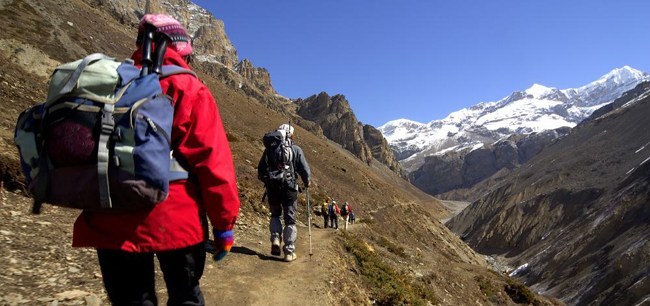
KATHMANDU – Nepal’s tourism industry is experiencing a significant revival as the country welcomed 326,527 foreign tourists in the first four months of 2023. This figure represents a remarkable increase of 132.67 percent compared to the same period in 2022 when 140,336 foreign tourists visited Nepal.
The global impact of the COVID-19 pandemic severely affected Nepal’s tourism sector, leading to a decline in foreign tourist arrivals over the past few years. Prior to the pandemic, Nepal received 420,446 foreign tourists in the first four months of 2019. However, in the subsequent years, the numbers dropped drastically to 220,682 in 2020 and further to 55,447 in 2021.
The recent surge in tourist arrivals and the recovery of hotel occupancy indicate a promising revival of the tourism sector in Nepal. Maniraj Lamichhane, Director of the Nepal Tourism Board (NTB), stated that tourism is getting back on track, citing factors such as increased inflow of foreign tourists, a rise in mountain climbing permits, and growing mobility of tourists at various destinations. Lamichhane emphasized the importance of rebranding and repositioning destination marketing to make the tourism sector more mobile and attract more visitors.
The current influx of foreign tourists during the first four months of 2023 has nearly matched the numbers recorded in the same period of 2019 before the pandemic, which is a positive sign for the industry’s recovery. The World Tourism Organization has also projected the revival of Nepal’s tourism sector by 80 to 95 percent by January 17, 2023, with global tourism, including Nepal’s, anticipated to recover up to 95 percent. Factors such as the preference for accessible destinations and China’s openness to tourists have contributed to this projection.
The Department of Tourism has reported a significant increase in the number of foreign mountaineers obtaining permits to climb mountains. This spring, a record-breaking 467 climbers from 44 groups, including 98 women and 369 men, obtained permits to climb Mount Everest. The current season has witnessed the highest number of climbers in the 70-year history of Everest expeditions. The issuance of these permits generated revenue of over Rs 660 million.
The recovery of domestic flights is another positive indicator for the tourism sector. Around 300 roundtrip domestic flights have been conducted, with nine airlines and 11 helicopter companies operating within the country. Furthermore, 27 airline companies, including three Nepali airlines, are operating international flights. Out of the 54 airports in Nepal, 36 are currently operational, including three international airports.
Despite the challenges faced by the tourism sector, there is still a setback for hotels, as the current hotel occupancy stands at only 30 percent. Hotel entrepreneurs estimate that a minimum of 38 percent occupancy is required to cover daily operational expenses. The Hotel Association Nepal (HAN) revealed plans to expand the market across India, Bangladesh, and China to attract more tourists. The influx of Chinese tourists has been particularly encouraging, with numbers gradually increasing since the reopening of Nepal-China transits and the operation of additional flights.
Tourism entrepreneurs in Nepal are optimistic about the gradual recovery of the industry. There has been an approximately 80 percent hotel occupancy in the Thamel area, which is a popular tourist destination. Stakeholders in the tourism sector emphasize the need for collaboration between the government and the private sector to further enhance the mobility and marketability of Nepal’s tourism industry.
The positive trends in foreign tourist arrivals, mountain climbing permits, and hotel occupancy offer hope for the recovery and growth of Nepal’s tourism sector.






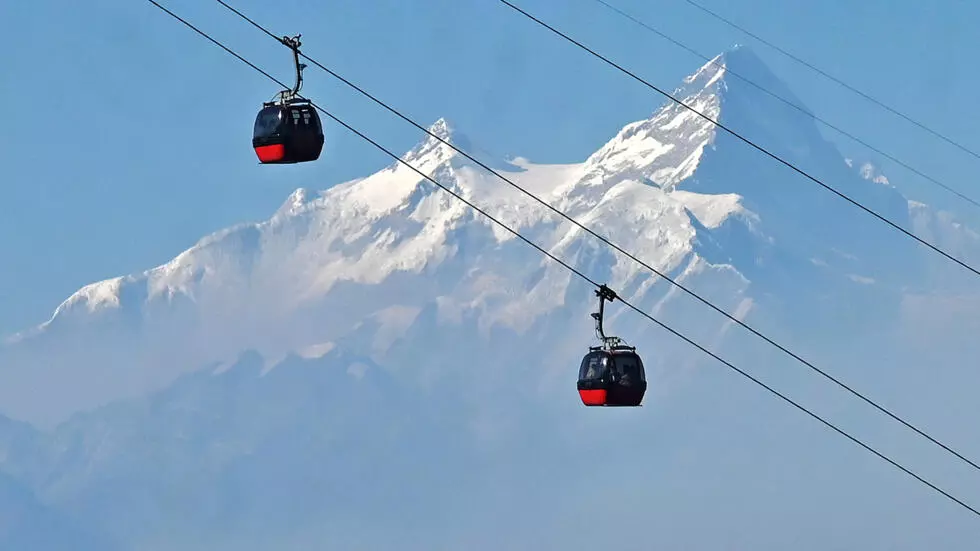
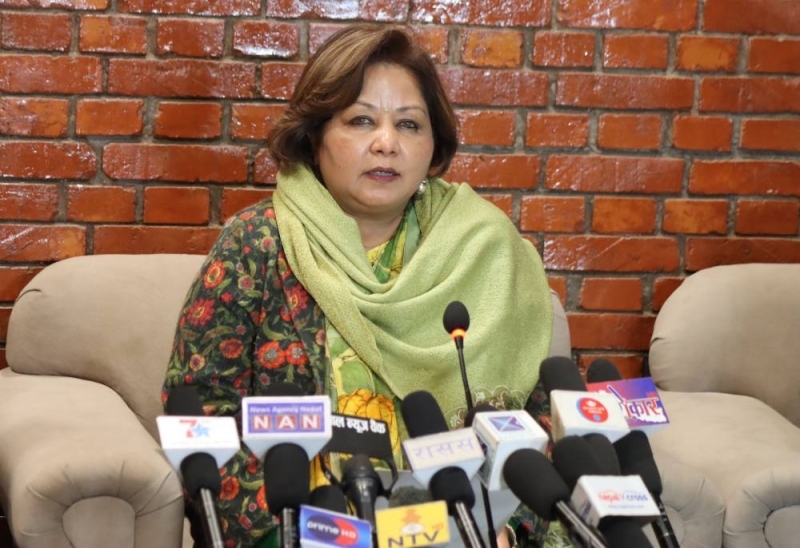
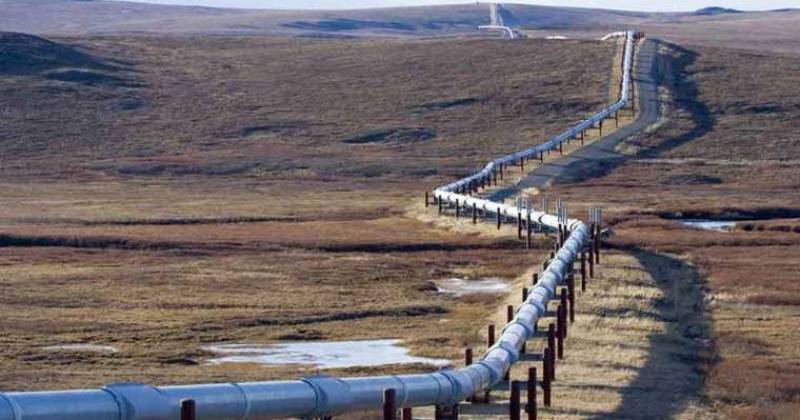


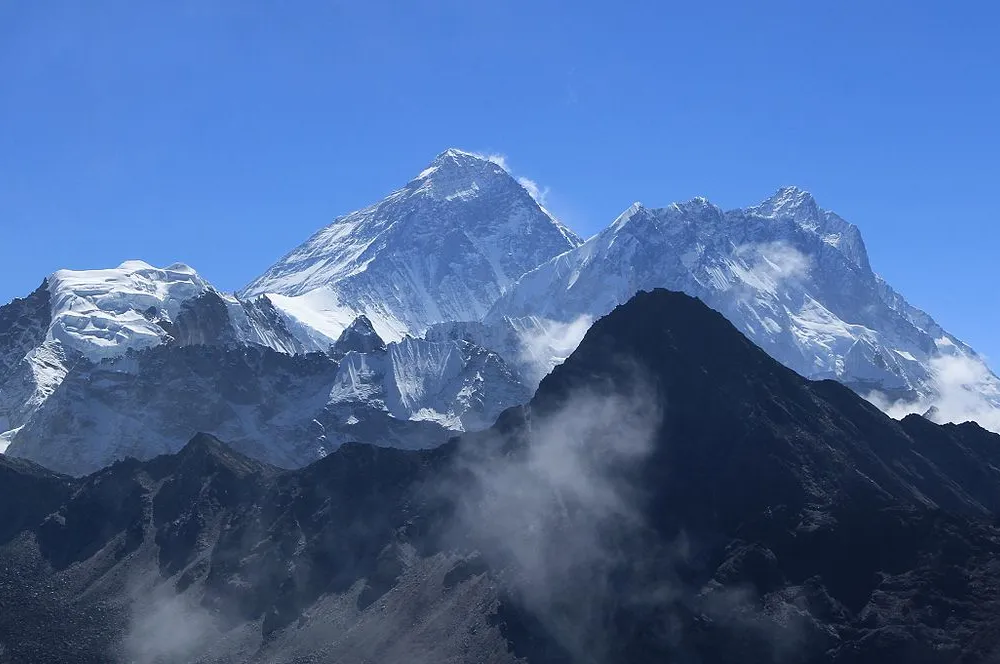







Facebook Comments